City of Safranbolu
A medieval caravan stop on the Silk Road that contains many examples of traditional Ottoman architecture.
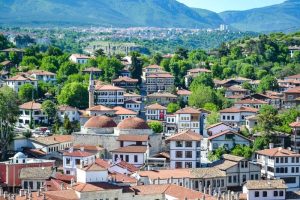
A medieval caravan stop on the Silk Road that contains many examples of traditional Ottoman architecture.
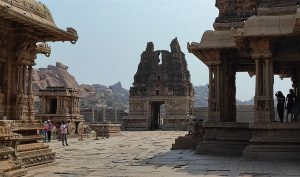
Hundreds of ruins of temples and other structures of the vanished Vijayanagara kingdom.
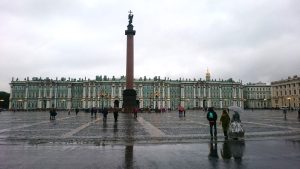
Peter the Great’s planned city of stunning Baroque architecture.
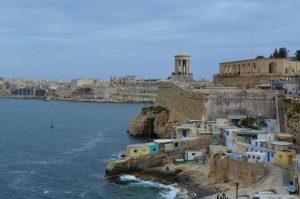
A fortified port city with a long military history and a Renaissance urban plan.
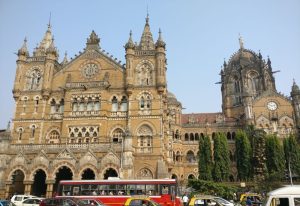
A busy 19th-century Gothic Revival train station in Mumbai that blends Victorian and Indian influences.
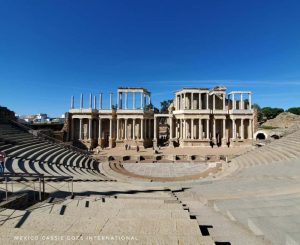
A large group of very well-preserved Roman buildings.
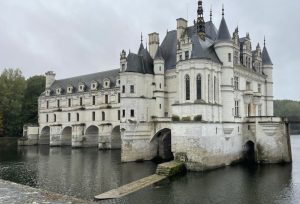
A beautiful river valley landscape dotted with stunning castles and charming medieval towns.
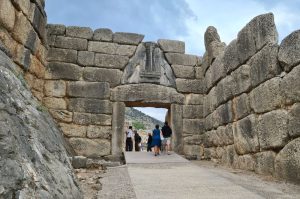
Two sets of ruins from the Mycenaean civilization in the Peloponnese, which preceded the Ancient Greeks.
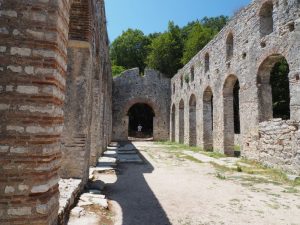
A little-known archeological site in southern Albania with ruins from centuries of occupiers.
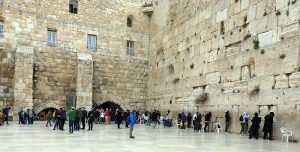
An ancient and disputed city, holy to three major religions.
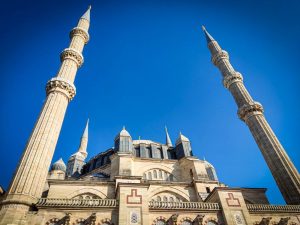
A mosque complex representing the height of Ottoman architectural achievement.
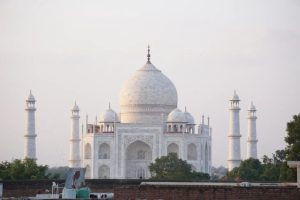
The most famous monument in India, a landmark of Mughal-era architecture and a symbol of eternal love.
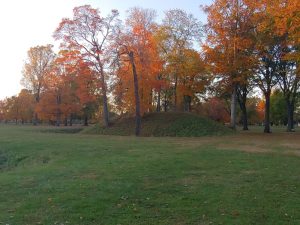
Two-thousand-year-old earthworks that demonstrate the Hopewell people’s knowledge of geometry and astronomy.
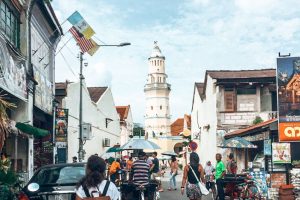
Two colonial-era towns where cultural exchange has created unique townscapes and local culture.

An 18-century commercial port where foreign and Chinese influences mixed and intertwined, especially evident in the unique range of architecture.
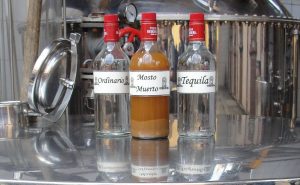
Home to a centuries-old culture of agave cultivation for production of Tequila.
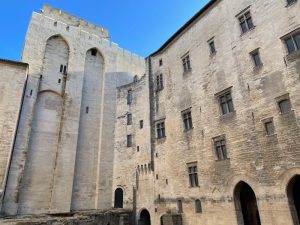
Palaces and other structures that tell the story of the 70-year sojourn in France of the Catholic papacy in the 14th century.
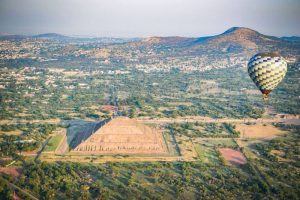
A city of magnificent pyramids and temples left by an ancient civilization.
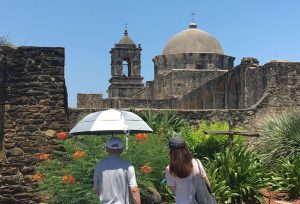
Five historical mission churches from the Spanish colonial period in Texas.
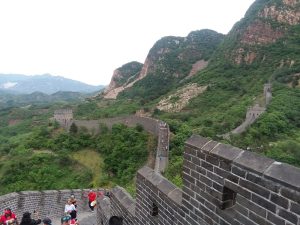
An ancient and audacious architectural marvel over 12,000 miles long.
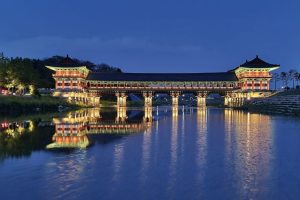
Ruins of the capital of the ancient Silla dynasty, rich in Buddhist artworks and architecture.
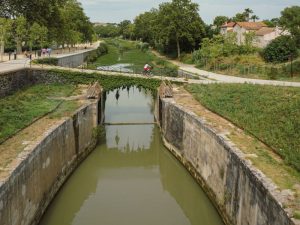
A 360-km canal plus locks, tunnels and bridges: a 17th-century feat of engineering.
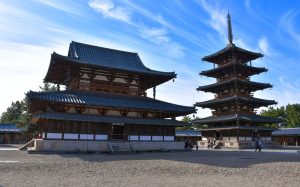
Two early temple complexes that include the oldest wooden structures in the world.
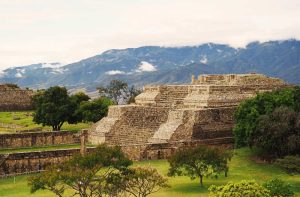
A vibrant Spanish colonial city and an ancient pre-Columbian city.
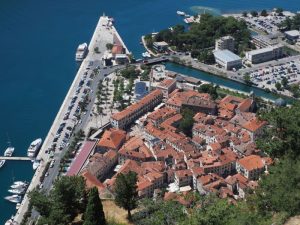
A beautiful area around the Bay of Kotor with authentic, well-preserved architecture.
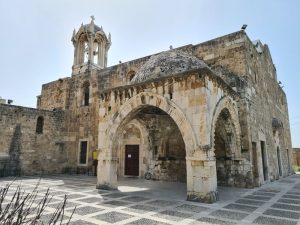
Ruins of many layers of civilizations and the birthplace of the Phoenician alphabet.
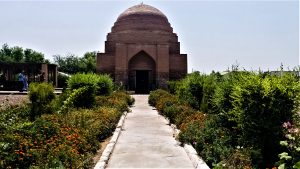
Ruins of the capital of the ancient state of Khorezm and a major stop on the medieval Silk Road.
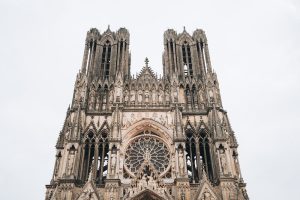
Three medieval structures central to the history of Christianity and coronations in France.
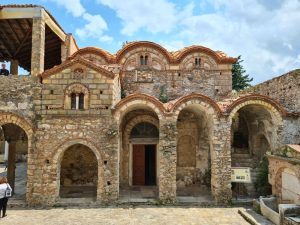
Atmospheric ruins of a complete Late Byzantine city.
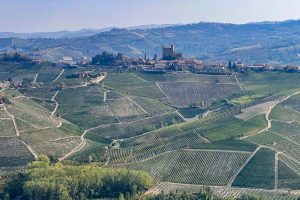
A region of northern Italy representing excellence in winegrowing and winemaking.
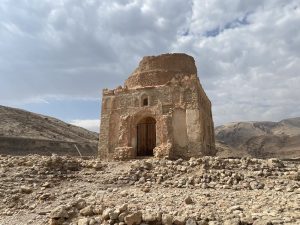
The ruins of a major trade-route city of the Kingdom of Hormuz.
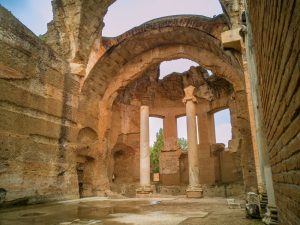
A lavish retreat built for Roman emperor Hadrian in the 2nd century.
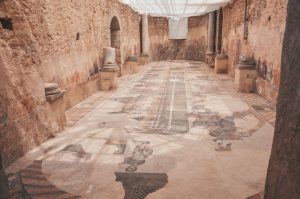
The ruins of a Roman villa with remarkably well-preserved mosaics.
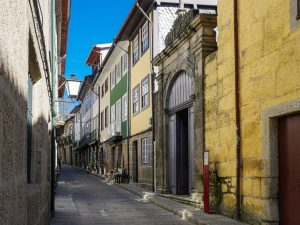
A charming medieval city center, considered the birthplace of Portuguese nationhood.
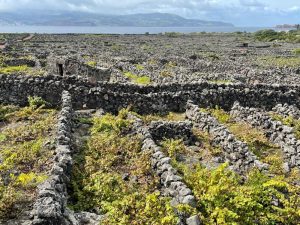
Viniculture in a hostile environment made possible through human ingenuity.
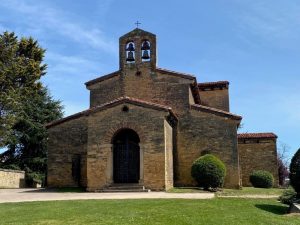
Six buildings that are unique to the short-lived Asturian monarchy.